Contents
Asana vs. Teamwork: An Honest Comparison (Features, Pricing)
By Shyamal ParikhOct 4, 2024

The choice between Asana and Teamwork is far from simple.
Asana stands out for its intuitive task management, while Teamwork focuses on client collaboration and resource planning. Both promise streamlined workflows, yet their approaches couldn’t be more different.
In this Asana vs. Teamwork comparison, we'll examine their features, user experience, and pricing to help you find the right fit for your team.
We’ll also introduce an alternative that can replace all the tools you need to manage your clients, projects, and teams.
But first, let’s explore the key differences between these tools.
Fast Facts: Asana vs Teamwork in 2025
Asana - Collaborative Project Management for Enterprises
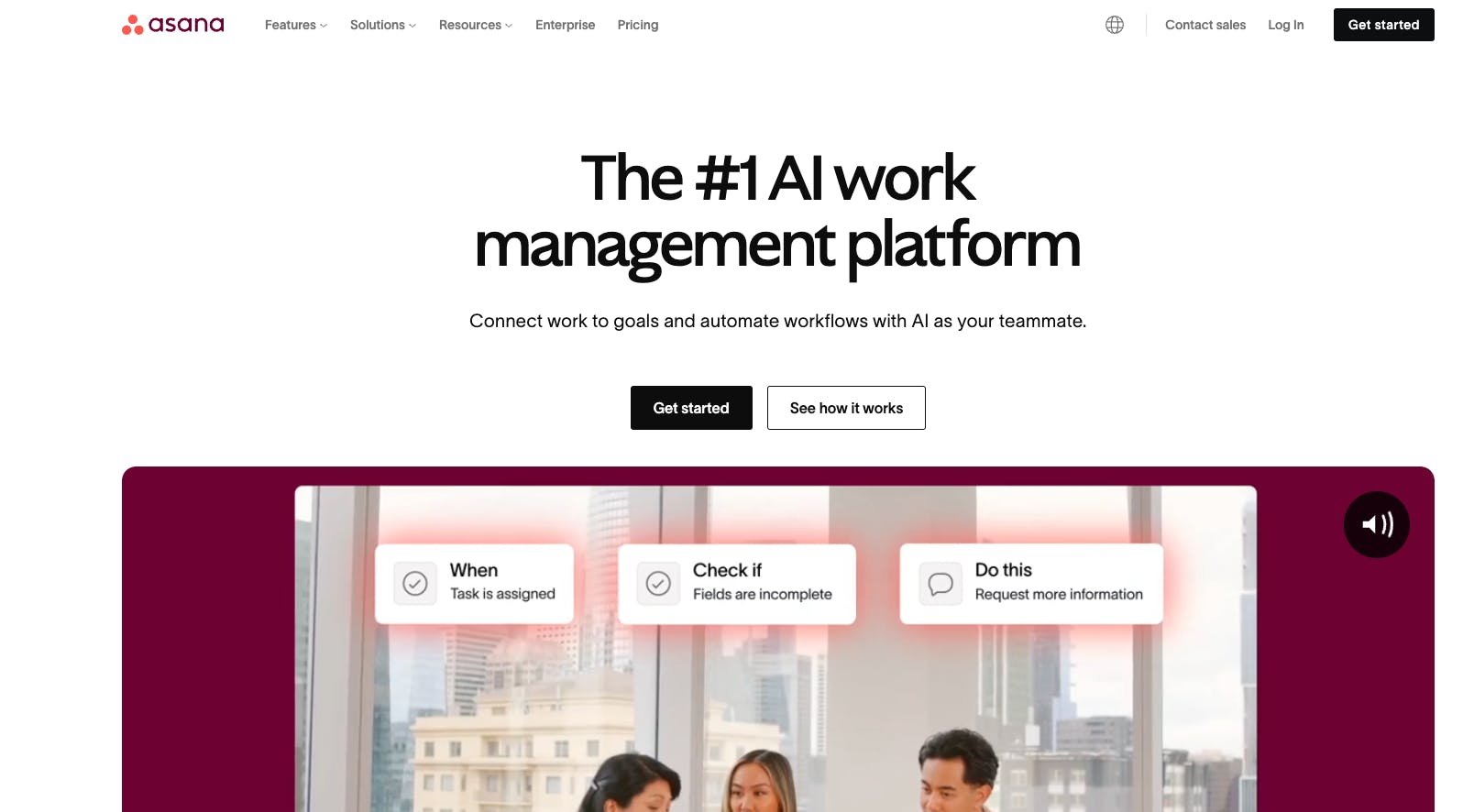
Trusted by companies like Amazon, Accenture, and Dell, Asana is a popular project management tool that helps teams organize, track, and manage their workflow.
Key Features
- Multiple project views (including List, Calendar, and Gantt chart)
- Tasks, subtasks, and dependencies
- Milestones and portfolios for progress tracking
- Basic time-tracking and resource management
- Workflow automation
- Asana AI (for automating tasks and extracting valuable insights from your database)
What Users Say About Asana?
Asana has an average rating of 4.5 from over 23K reviews on G2 and Capterra, with stellar reviews for its ease of use and task management features.
Users also like its reporting tools, which give them a 360-degree view of their progress.

Unfortunately, Asana doesn’t allow tasks to be assigned to multiple users – which can be a drawback for some teams. Personalized support is also limited to enterprise customers, making onboarding difficult for small and medium-sized businesses.

Why Consider Asana Over Teamwork?
- User-friendly interface
- Generous free tier
- Support for 200+ integrations
- Comments, @mentions, and activity tracking for team collaboration
- Asana AI for automating complex workflows and gaining project and team insights
Teamwork.com - Designed for Client-Centric Project Management
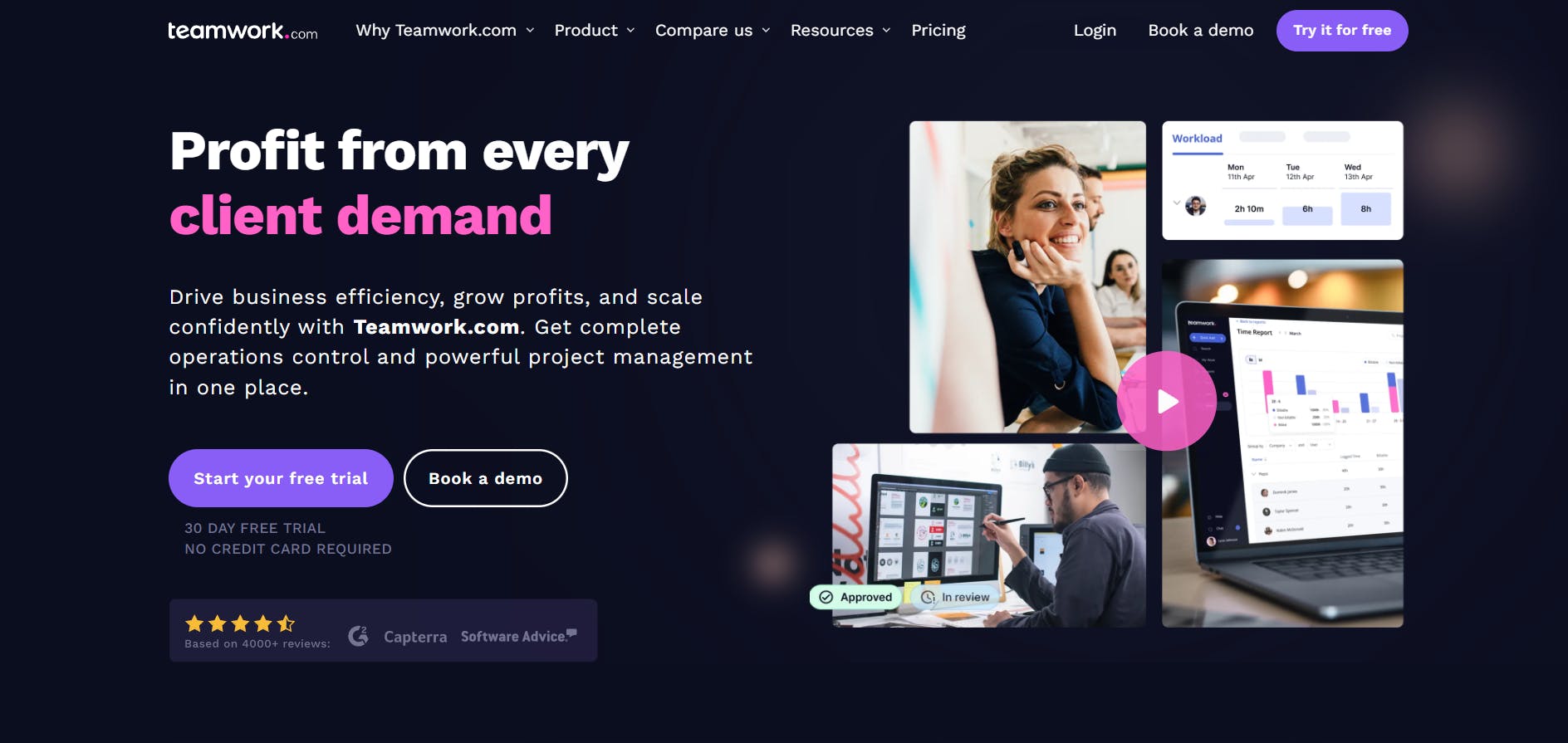
Founded by Peter Coppinger and Dan Mackey in 2007, Teamwork is a cloud-based work management platform that helps client-focused businesses, like agencies and consultancies, streamline operations and improve collaboration.
Key Features
- Multiple ways to organize your work(Tables, Gantt charts, and Kanban boards)
- Native time tracking with timesheets and activity logs
- Task comments, Proofs, and Teamwork Chat
- Budgeting, invoicing, and profitability tracking
- Workload planner and resource scheduler
- Real-time dashboards to track project and team performance
What Users Say About Teamwork?
Teamwork boasts an impressive 4.5-star rating from over 1900 reviews on G2 and Capterra.
Users love its ability to unify teams and resources. They also like how it enables them to collaborate with clients, share updates, and keep everyone on the same page.

However, some users have raised concerns about Teamwork’s mobile app, noting the absence of key features such as the workload planner, task filters, and the ability to move tasks between lists. They also find it lacking in user-friendliness.

Why Consider Teamwork Over Asana?
- Advanced time tracking and timesheets
- Financial budgets, sub-budgets, and expense tracking
- Billing and invoicing
- Project health, profitability, and utilization reports
Feature Face-Off: How Asana and Teamwork Measure Up
Now that you know what Asana and Teamwork offer, let’s compare them across key categories such as user experience, task management, time-tracking and resource planning, collaboration, and pricing.
User Experience
Asana offers a mixed user experience. While experienced project managers find it familiar, new users often feel overwhelmed. The task dependency system, in particular, can become complex and difficult to manage as projects grow.

Teamwork, on the other hand, struggles with feature bloat and performance issues. Its calendar view lacks key details that help clients and collaborators understand their tasks. Users also report that its interface can be slow and unresponsive at times.

Task Management
Asana offers robust task management with critical features like subtasks, dependencies, detailed descriptions, due dates, and comments. Users can also assign tasks, set priorities, and create custom fields for sorting and filtering their work.
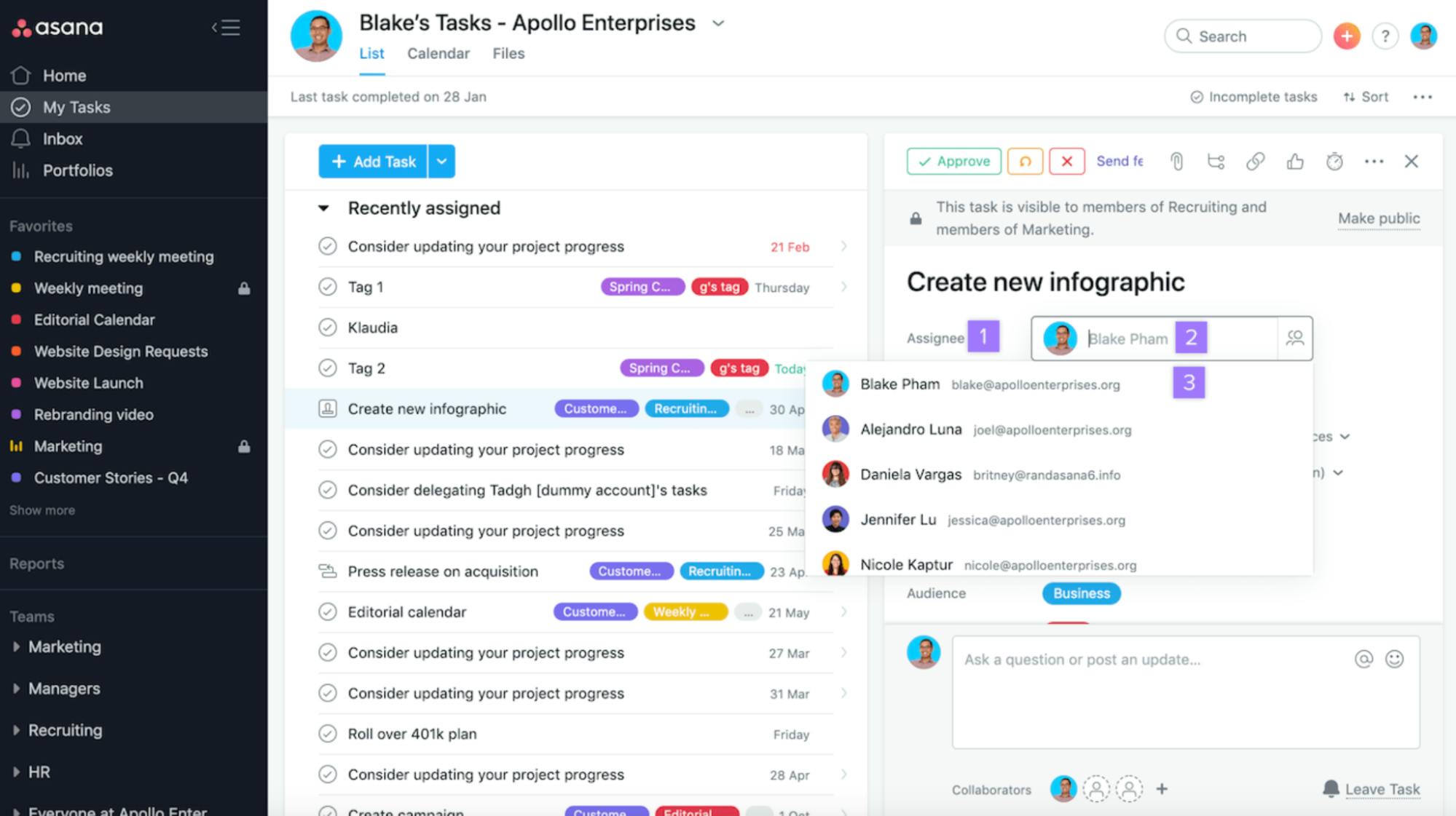
Teamwork also has features like subtasks, dependencies, and custom fields, but they aren’t as intuitive as Asana's. For example, its Gantt charts lack customization options. Users also report that updating deadlines and milestones in the app is cumbersome.
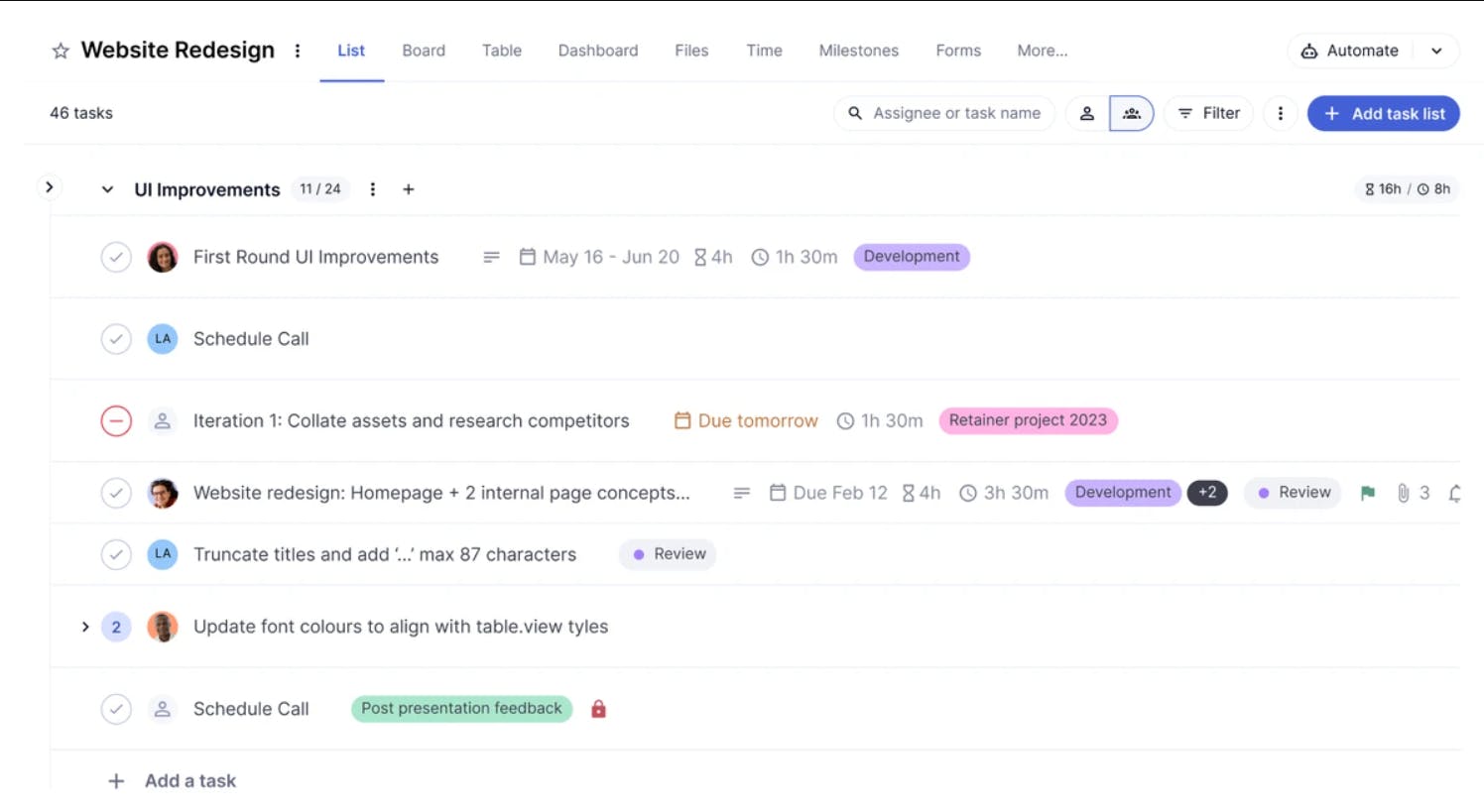
P.S.: See how Asana and Teamwork compare with the best task management tools
Time Tracking and Resource Management
Asana offers basic time-tracking with multiple session tracking, an embedded timer, and a time log to see who tracked time for which task and when. You also get a real-time view of everyone’s workload to prevent over or under-utilization of resources.
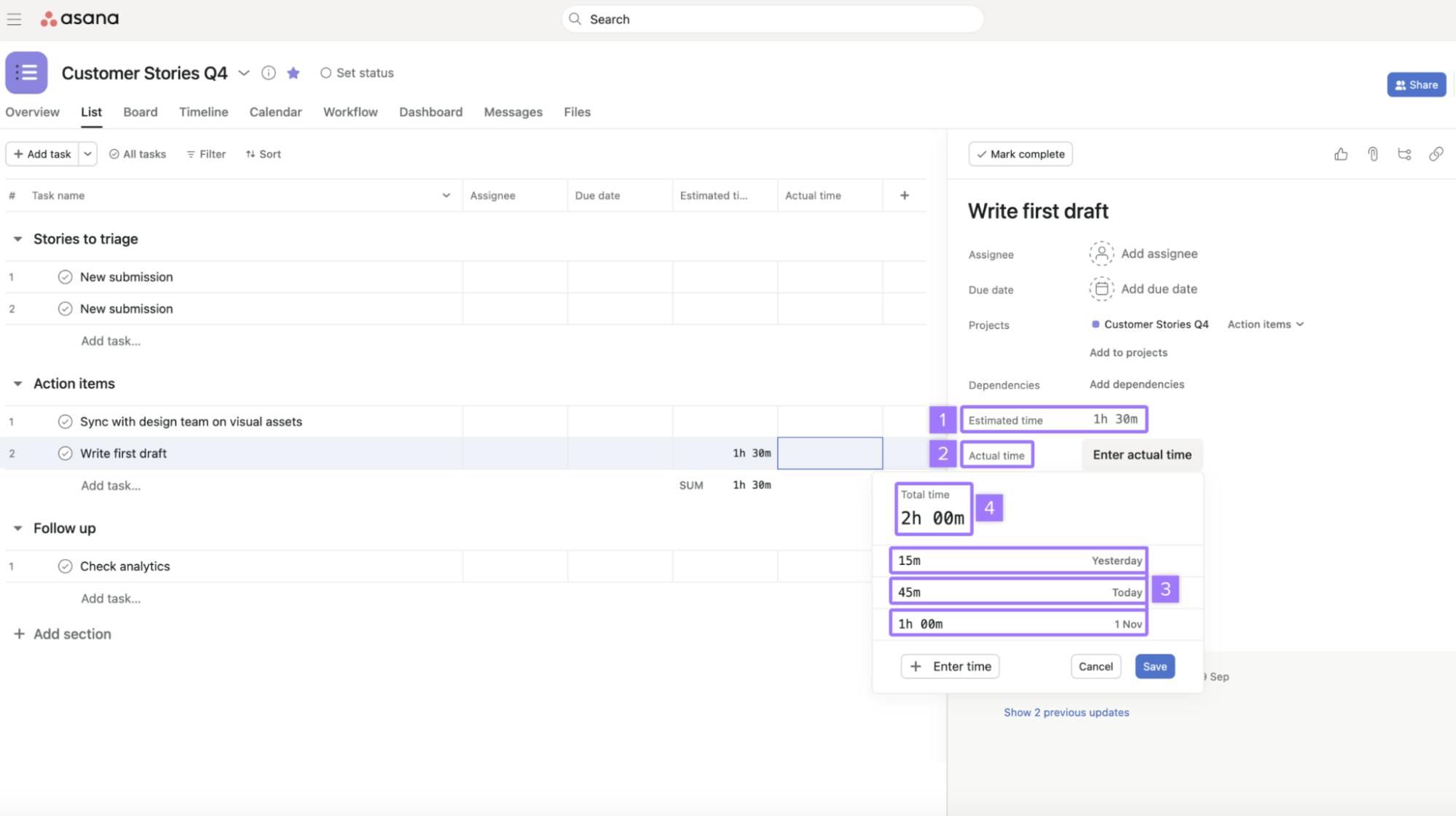
Teamwork, on the other hand, packs more robust time-tracking features, including timesheets and reminders. But there’s a catch: the free plan doesn’t include time tracking and even the starter plan ($10.99/user) gives you basic time-tracking features.
As for resource management, Teamwork allows you to monitor your team’s daily capacity and forecast resource use for projects.
Reporting and Analytics
When it comes to reporting, Asana keeps things pretty simple: you get basic dashboards, status reports, and data visualizations. You also get templates and custom chart builders.
Teamwork, in contrast, offers more detailed reporting options but they're locked behind more expensive tiers. For instance, the $10.99 Starter plan won't let you create custom or profitability reports. Step up to the $19.99 Grow plan and you can build two custom reports and three dashboards, and check utilization stats.
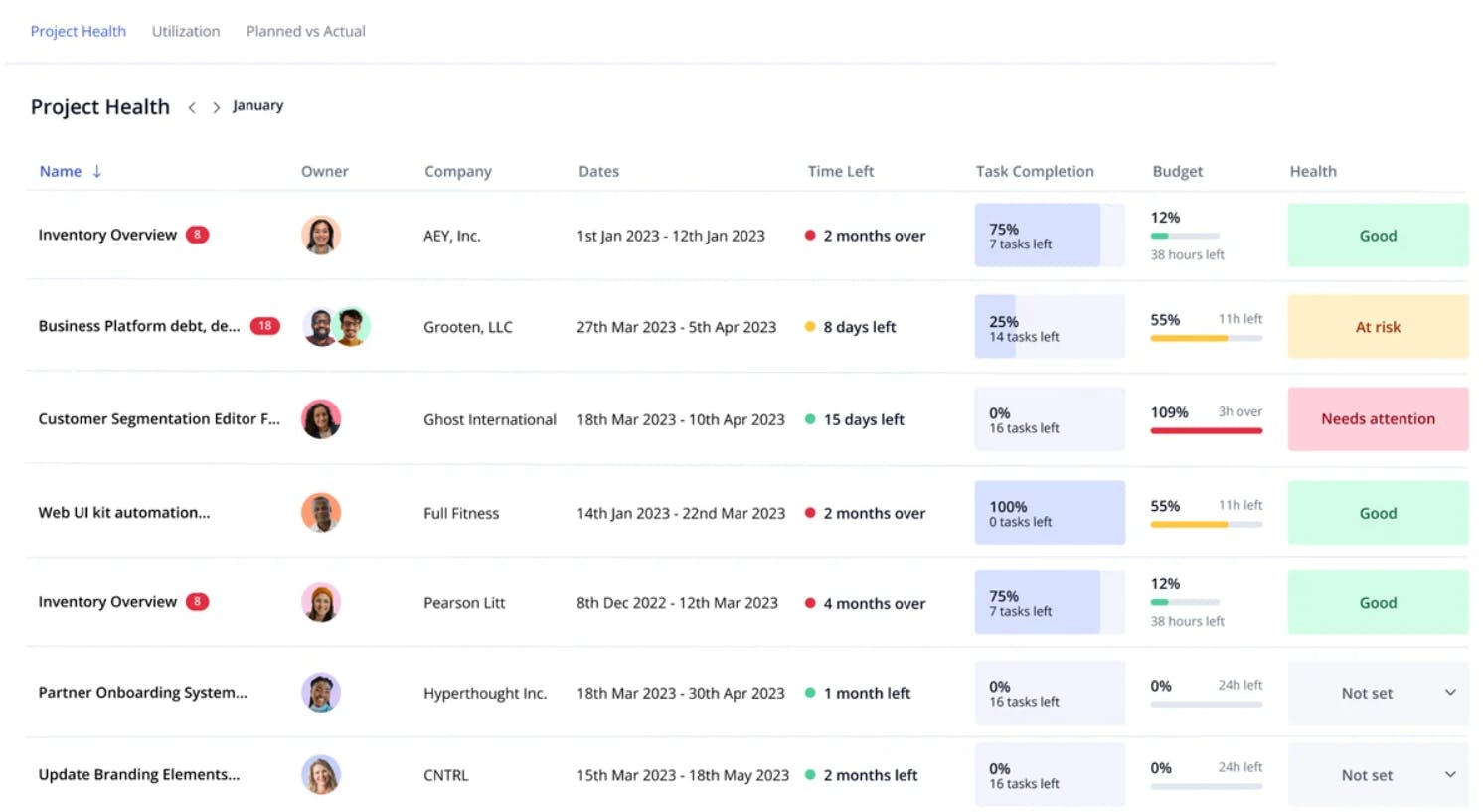
Collaboration
Asana lacks a built-in chat feature but allows you to communicate with team members via task comments and messages. You can also use @mentions to tag collaborators and share project updates with individuals and teams using messages.
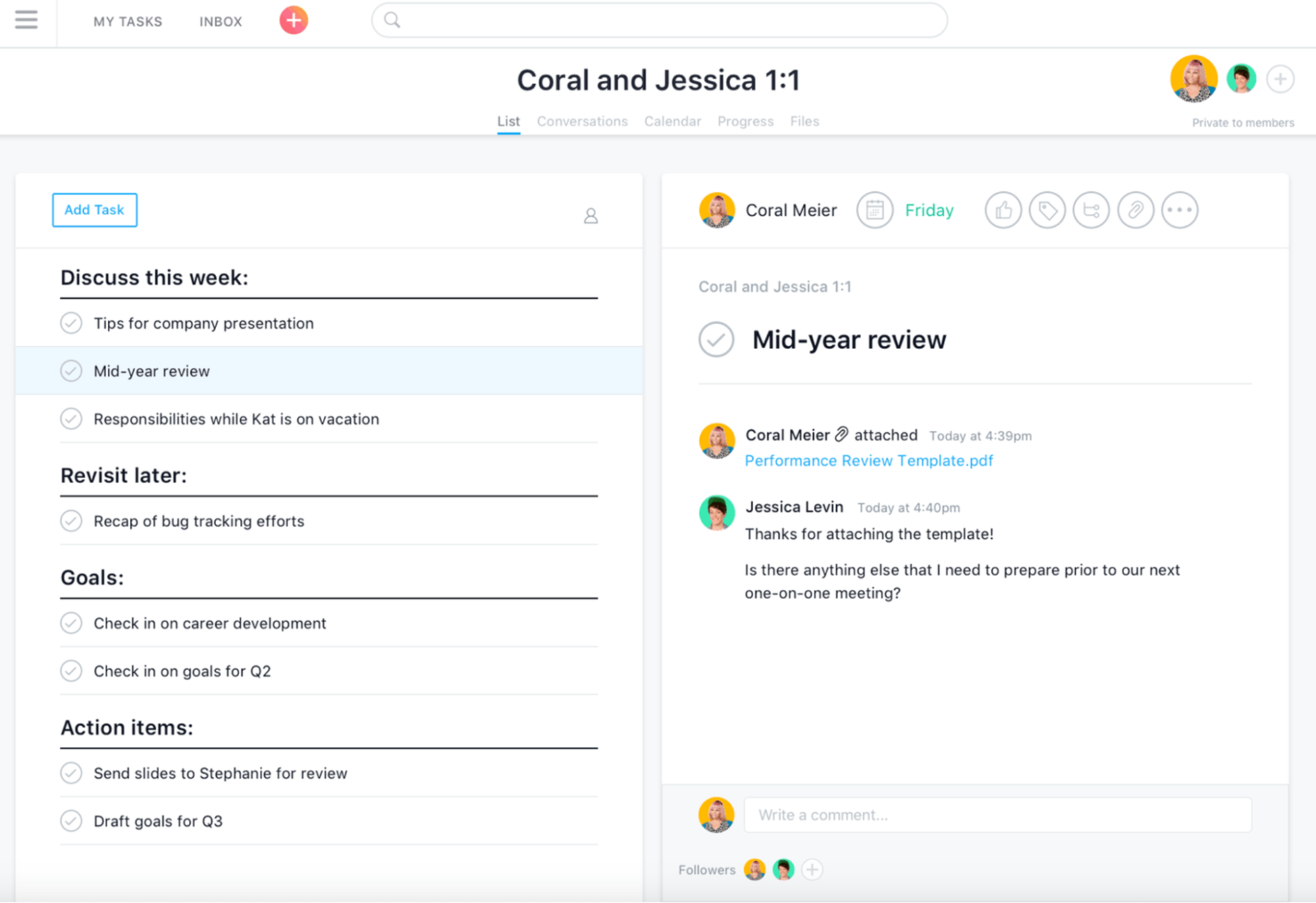
Teamwork Chat, on the other hand, includes video and audio calling, but with stricter limits. On the Deliver and Grow plans, each user gets just 10 one-to-one calls per month. Want more? You'll have to spring for either the video add-on or upgrade to an enterprise plan.

P.S.: See how Teamwork and Asana fare in comparison with the best communication tools
Customer Support
Asana's support receives mixed feedback - while some users praise its helpful team, others report long response times.

Teamwork's support generally earns positive reviews, though some users feel its quality isn’t up to the mark.

Pricing
Asana offers a more generous free tier and its paid plans are more accessible for small teams.
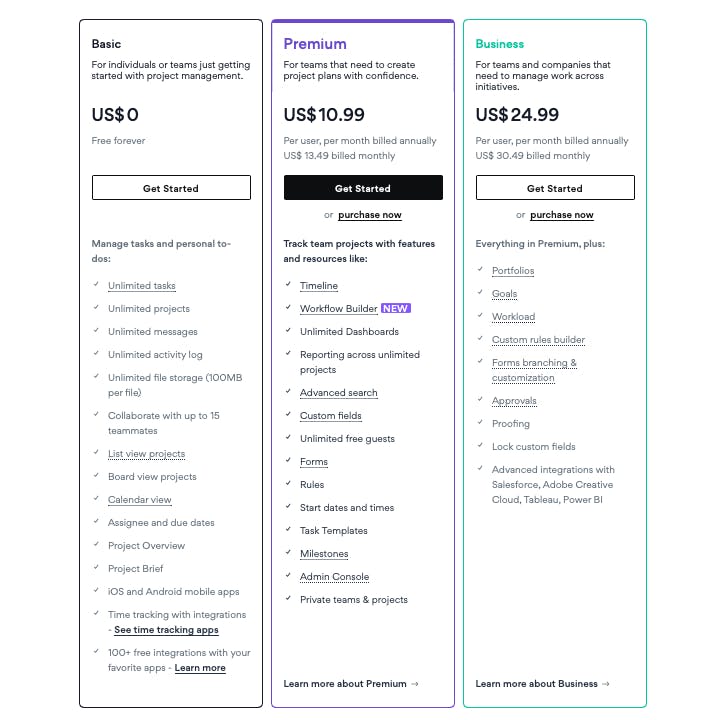
Teamwork's free plan, in contrast, is more restricted, missing key features like reporting and advanced time tracking. Their paid plans, while feature-rich, can also be costly for small to medium-sized teams that need advanced reporting and client management features.
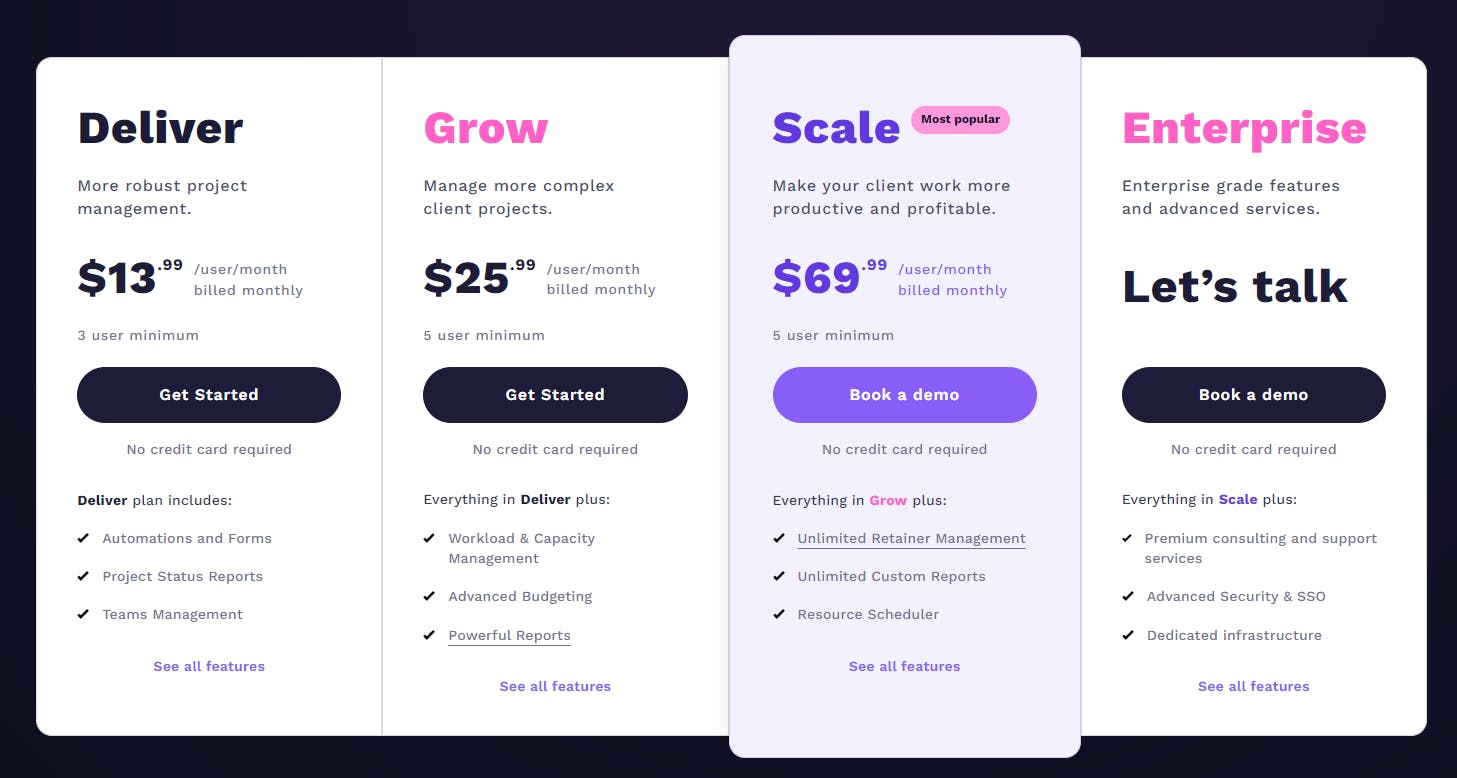
Admin controls and customization
Asana lets you personalize your workspace using background images, themes, project views, and dashboards. However, admin controls – which let you manage team permissions and settings - are only available to higher-tier users.
Teamwork, on the other hand, offers limited customization options but lets you manage user permissions across all paid tiers.
SmartTask: A Better Alternative to Asana and Teamwork
While Asana excels in task management, it falls short in two key areas: advanced time tracking and built-in chat. Teamwork offers better time tracking and reporting, but these features are only available on more expensive plans.
Also, neither platform has a CRM (Teamwork has one but you’ll need to pay for its integration) – which is crucial for managing sales and client relationships.
Enter SmartTask, an all-in-one project management tool that offers everything you need on a single platform — from built-in CRM to advanced analytics – making it perfect for collaboration and client-focused project management.
Let’s take a closer look at its features:
- Multiple project views: SmartTask lets you organize your tasks into lists, Gantt charts, calendars, and Kanban boards. The best part is that you can access all these views in the free plan.
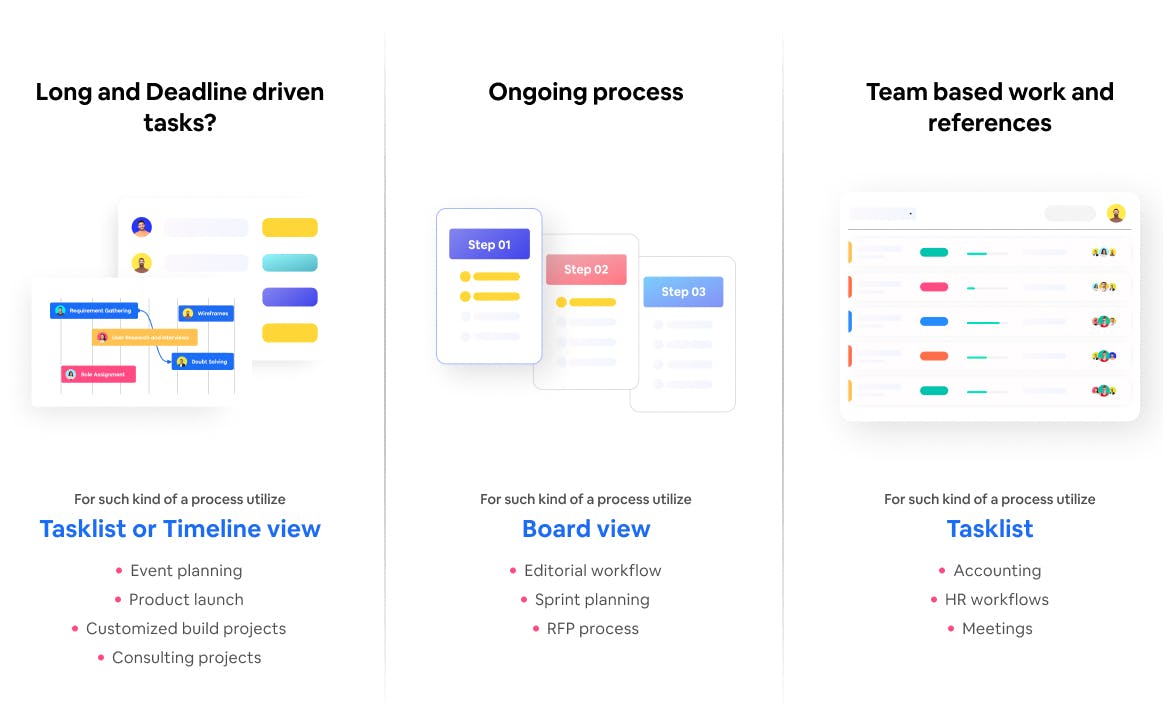
- Advanced reporting tools: SmartTask offers advanced reporting tools, including custom reports, project summaries, data visualizations, and portfolios.
- Task management: SmartTask includes tasks, subtasks, and dependencies for advanced project management. You can also add detailed descriptions, leave comments, tag team members, set due dates and reminders, make video calls, and track activity history within tasks
- Built-in time tracking: SmartTask’s native time-tracking and timesheets help you track your team’s daily and weekly activity. They also help you estimate the time required for each task, track resource usage, and manage costs.
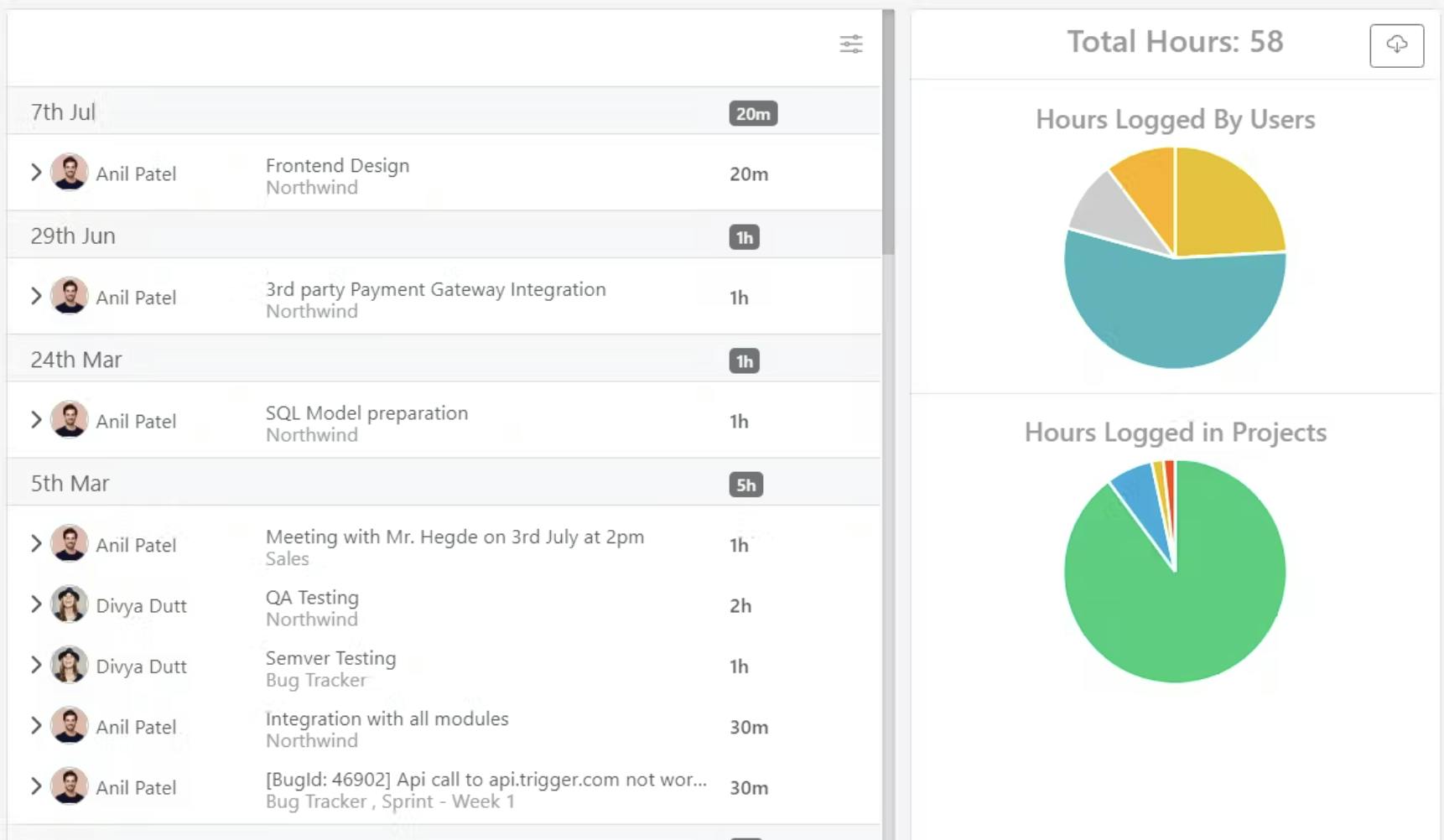
- Project cost estimation: By allowing you to set task-level time estimates and billable hours, SmartTask helps you estimate a project’s cost.
- Resource management: SmartTask offers comprehensive resource management features that allow you to track your team’s availability and real-time resource usage, and plan your work accordingly.
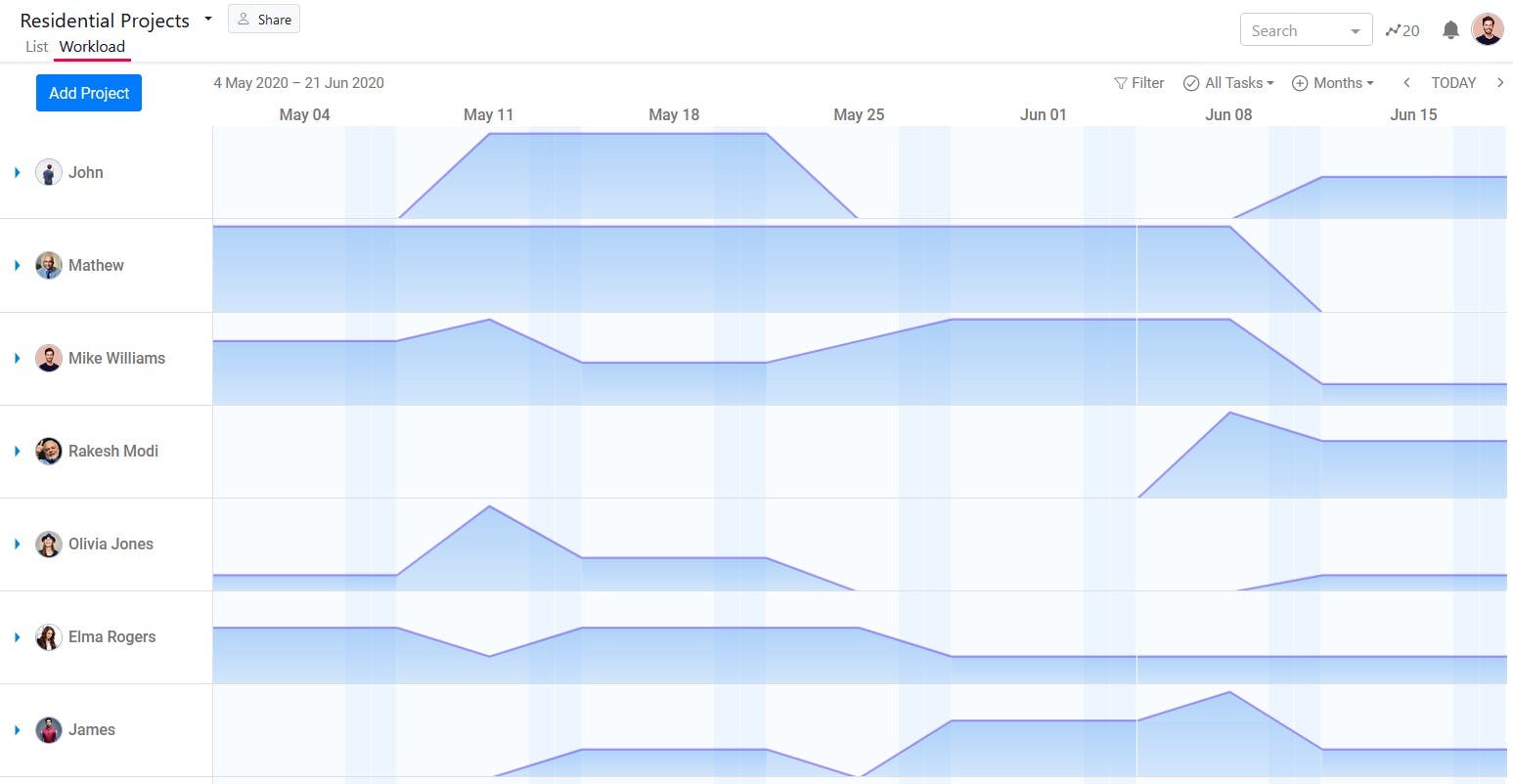
- Built-in chat and video calling: For seamless collaboration, SmartTask includes real-time chat, task comments, automated check-ins, and video calling options, outshining both Asana and Teamwork.
- Built-in CRM: Unlike Asana and Teamwork, SmartTask includes a CRM that lets you track leads, record client calls, store contacts, forecast sales, and monitor team performance.
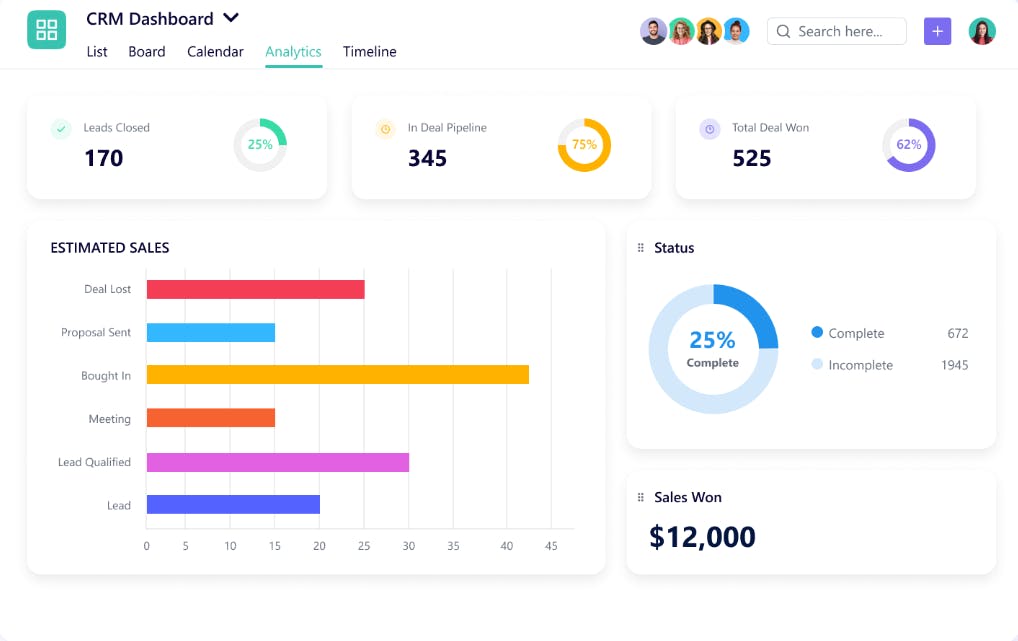
- Client Portal: Another notable SmartTask feature is its client portal, which centralizes all communications — including documents, approvals, and meeting notes— with third-party collaborators.
The best part? SmartTask offers all these features at highly affordable prices. For those not ready to leap yet, SmartTask offers a generous free plan that includes unlimited projects, tasks, users, and contacts.
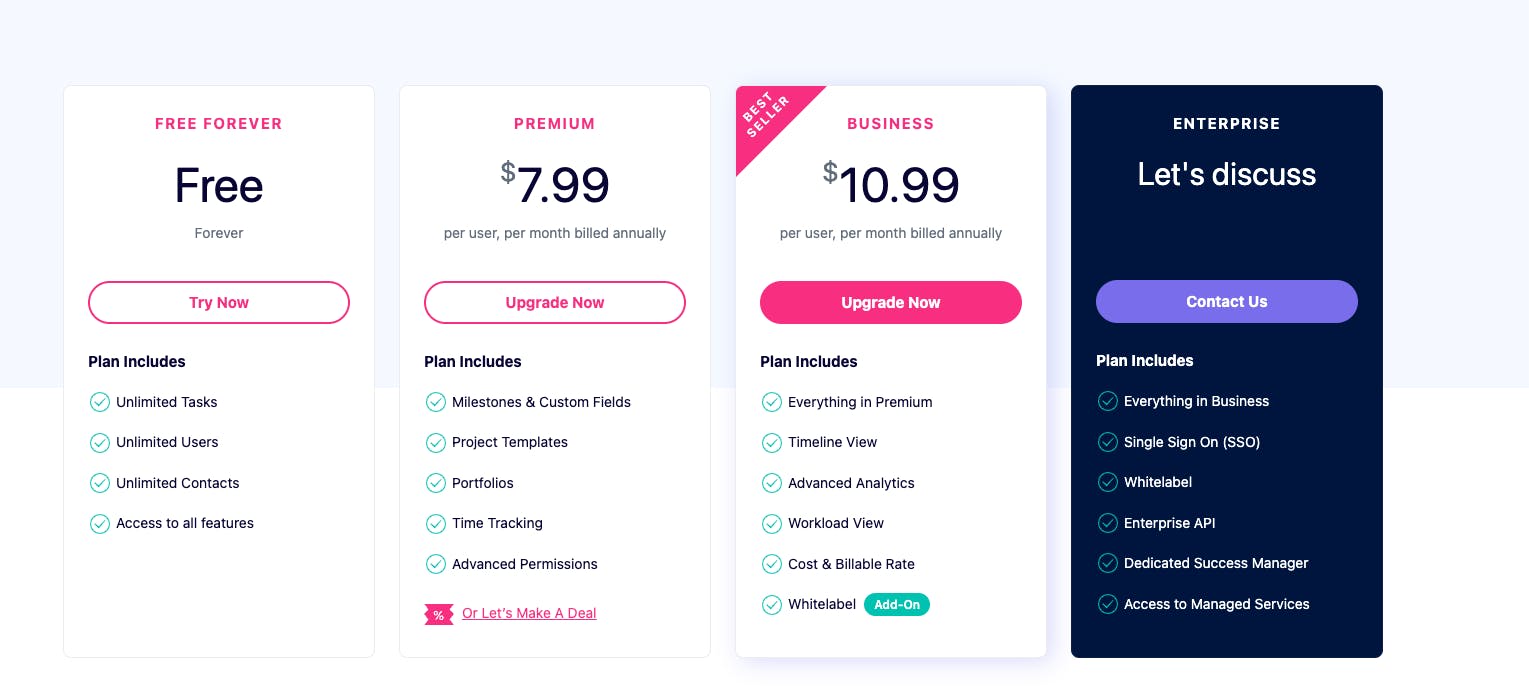
Final Verdict: Which Tool Wins in 2025?
Asana and Teamwork are both well-regarded for their work management capabilities.
While Asana stands out for its flexibility and user-friendly task management, Teamwork excels with advanced reporting and time-tracking tools. But wouldn’t it be ideal to have all these features in one platform?
SmartTask combines advanced reporting, time-tracking, task and resource management, CRM, built-in chat and video calling, plus a client management portal—all in one place.
And That’s not all!
Discover SmartTask’s full potential by trying it for yourself, sign up today—it’s free!
Frequently Asked Questions (FAQs)
1. Which tool offers a better mobile experience: Asana or Teamwork?
According to user reviews, Teamwork's mobile app offers a more stable experience, especially for those who prioritize offline capabilities. Asana's recent updates to its mobile app have made it more intuitive but also introduced some issues that may detract from its overall usability.
2. Which tool is better for small businesses?
For most teams, Asana is the better value with its generous free tier and feature-rich paid plans. However, Teamwork shines for client-focused businesses that need advanced time tracking and billing features.
3. Do Asana and Teamwork have free versions?
Yes, both Asana and Teamwork have free plans, with Asana offering a more generous free tier.
💡You Might Also Want to Check Out
👉15 Best Agency Management Software in 2024




